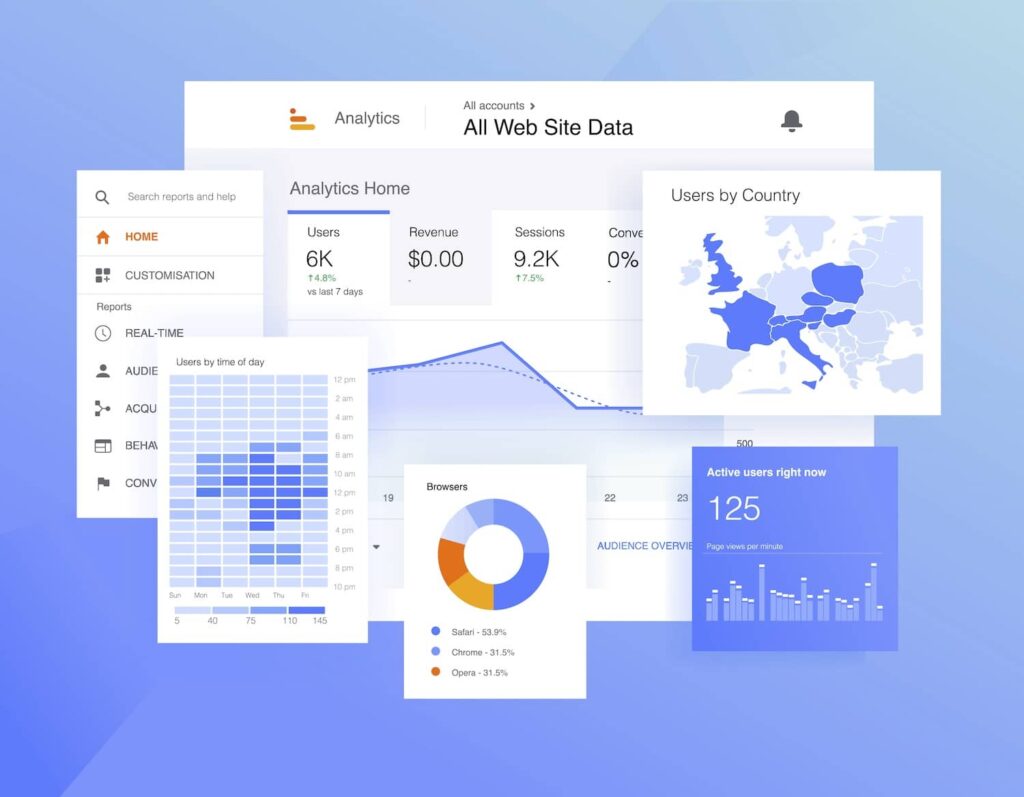Unveiling the Impact of Second Dimension in Google Analytics on Data Analysis and Insights
In the world of information analytics, the application of additional measurements within Google Analytics has actually arised as a pivotal device for drawing out deeper understandings and unraveling complex patterns that could otherwise stay obscured. By peeling off back the layers of key information sets, second measurements offer a nuanced point of view that improves the understanding of individual behavior, site performance, and the efficiency of advertising methods.
Discovering the Concept of Second Measurements
Second dimensions in Google Analytics give extra insights by permitting users to examine main data along with a second attribute. This feature enables an extra detailed understanding of the main data by adding an additional layer of details for evaluation. By including secondary dimensions, customers can delve deeper right into the information and reveal beneficial correlations that could otherwise go undetected. For instance, by matching the key data of website web traffic with additional dimensions like demographics or habits, marketers can obtain a much more comprehensive sight of their target market and tailor their strategies as necessary.
Recognizing the concept of second dimensions is essential for making the most of the possibility of Google Analytics. It enables users to section information effectively, identify patterns, and make notified decisions based on a much more full picture of their analytics data. By checking out the numerous secondary dimensions readily available in Google Analytics, users can open brand-new insights and maximize their electronic advertising initiatives. Essentially, additional measurements work as a powerful device for improving information analysis and driving workable results.
Enhancing Information Analysis With Secondary Dimensions
Having actually established the foundational understanding of second measurements in Google Analytics and their critical role in information evaluation, the focus now changes towards leveraging these secondary credit to improve the interpretation of analytics data (what is a secondary dimension in google analytics). By including second measurements right into data evaluation, analysts can obtain much deeper insights right into individual behavior, web site performance, and marketing performance

Additionally, secondary measurements assist in contextualizing primary information metrics by supplying additional layers of details. This contextualization help in comprehending the 'why' behind the data fads, assisting analysts make informed optimizations and decisions to boost general performance. Inevitably, incorporating secondary measurements enriches the information interpretation procedure, bring about even more tactical activities and significant insights.
Revealing Hidden Insights With Secondary Measurements
Exploring the midsts of analytics data with additional dimensions exposes important understandings that would or else stay covered. By integrating secondary measurements in Google Analytics, companies can uncover hidden patterns, fads, and correlations that supply a more comprehensive understanding of customer habits and website efficiency. These additional layers of information enable analysts to delve much deeper into the main dimensions, such as web traffic resources or landing web pages, and gain a more nuanced point of view on just how different variables communicate with each various other.
Through making use of second measurements, analysts can section and compare information across various dimensions, enabling them to determine details factors that influence individual interaction, conversion prices, and overall success metrics. As an example, by matching the main measurement of 'device classification' with the second measurement of 'age,' marketing experts can determine which age demographics favor accessing the website through mobile phones versus desktops. This degree of granularity equips services to click this site make data-driven choices and enhance their methods for much better outcomes. Eventually, uncovering hidden insights through secondary dimensions enhances the depth and accuracy of data analysis, causing even more enlightened decision-making and enhanced performance end results.
Leveraging Additional Dimensions for Actionable Analytics
Structure upon the insights Extra resources revealed through second dimensions in Google Analytics, businesses can currently harness this enriched information landscape to drive actionable analytics and calculated decision-making. By leveraging second dimensions, companies can delve much deeper into their data to remove important patterns, fads, and connections that may have previously gone undetected. This much deeper degree of evaluation enables organizations to acquire an extra extensive understanding of user actions, campaign efficiency, and overall internet site effectiveness.
One trick advantage of using secondary measurements for actionable analytics is the ability to segment information based on details requirements. This segmentation permits companies to customize their campaigns and methods to different target market teams, leading to a lot more targeted and effective advertising initiatives - what is a secondary dimension in google analytics. Furthermore, additional measurements provide a more alternative view of individual communications, making it possible for businesses to optimize their site content, style, and general individual experience
Optimizing Decision-Making With Second Measurements
To boost strategic decision-making in analytics, leveraging secondary dimensions in Google Analytics can offer a much more nuanced viewpoint on customer actions and project efficiency. By including secondary dimensions into data evaluation, companies can delve deeper into the specifics of their internet site site visitors' communications and involvement patterns. This extra layer of info enables a more comprehensive understanding of basics just how various variables, such as demographics, gadgets, or web traffic sources, influence vital efficiency indicators.

Verdict
Finally, the use of second dimensions in Google Analytics plays a vital function in enhancing information evaluation and discovering concealed insights. By discovering this principle, one can acquire a much deeper understanding of user actions and make informed choices based on workable analytics. Leveraging second measurements enables a more extensive analysis of information and maximizes the effectiveness of decision-making procedures.
